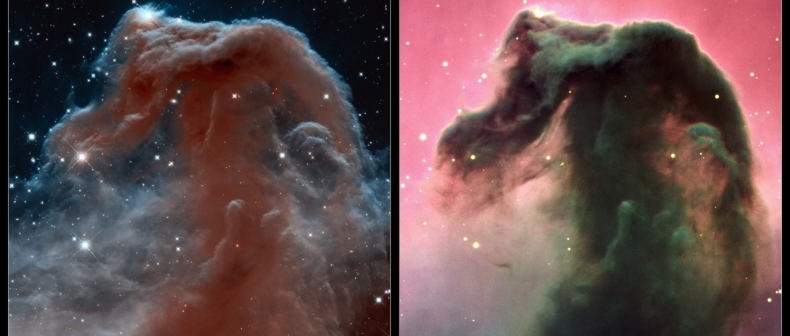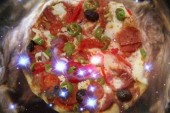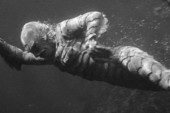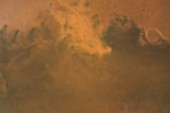
If you’ve been admiring the photos of earth taken by Commander Hadfield from the ISS, then you’ll be blown away by the collection of photographs taken by the Hubble Space Telescope over the years. Launched into space on the Discover shuttle in 1990, the Telescope is celebrating 23 years in space today, and astronomers have marked the occasion by using the telescope to photograph the Horsehead Nebula, which is part of the constellation Orion, 1,500 light-years from Earth. Discovered over a century ago, the nebula is popular among astronomers but is threatened by the ultraviolet rays of a nearby star that are slowly evaporating its gasses.
It was also reported yesterday that the telescope had captured a photograph of a comet that could, according to experts, develop into the brightest one ever seen from Earth. Comet ISON was photographed by Hubble on April 10th, at which time it was just travelling past Jupiter on a trajectory with the Sun. It is possible that later this year it will be visible even in daylight if it is not broken up by the sun’s rays first.
See a selection of Hubble photographs below. A larger collection of photographs taken by the telescope is available on the official website.
Arp 273, a pair of interacting galaxies. Image credit: NASA, ESA, and the Hubble Heritage Team (STScI/AURA)
A double star cluster. Image credit: ESA, NASA and Martino Romaniello (European Southern Observatory, Germany)
Interstellar hydrogen gas and dust act as incubators for new stars. Image credit: Jeff Hester and Paul Scowen (Arizona State University), and NASA/ESA
V838 Monocerotis. Image credit: NASA, ESA, and The Hubble Heritage Team (AURA/STScI)
[via NASA and Toronto Sun]
____
Eva Voinigescu is an intern at Toronto Standard. Follow her on Twitter @EvaVoinigescu.
For more, follow us on Twitter at @torontostandard and subscribe to our Newsletter.














